The Rise and History of Comic Conventions
Comic conventions have an intense history—from an obscure novelty to game changing industry--that must be understood to appreciate how nerd culture has become pop culture.
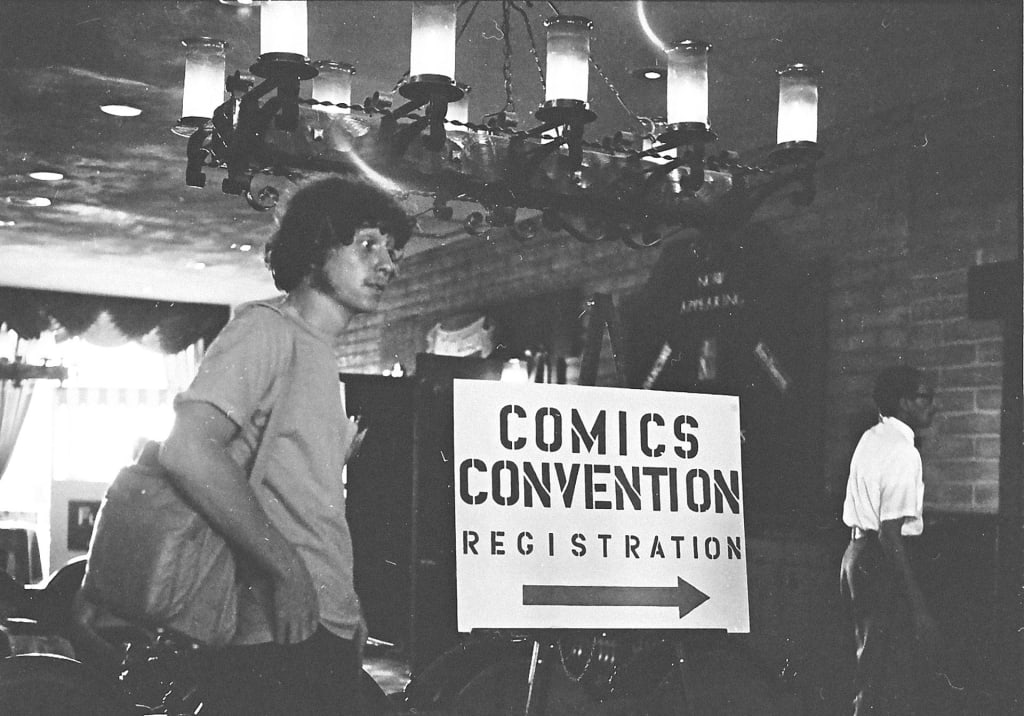
Every year in San Diego, Comic-Con—one of the most popular comic conventions in the world—becomes the center place of cinematic announcements, fan panels, and excitement for a massive population of the world; they shape history. But San Diego Comic-Con is not a unique specimen. More and more, comic conventions of all sorts have been springing up, each with different focuses and different focuses.
Comic-Con is hosted in New York, San Diego, Salt Lake City, London, and many other major cities. PAX Expo, held in various locations, is the center for gaming information. WorldCon is home to the Hugo Awards, one of the most prestigious awards in speculative fiction. Anime Expo is the largest anime convention in the United States. Comiket, Japan's twice-a-year anime convention, consistently hosts over 500,000 people.
To a passive observer, this sounds insane. Entire industries can be reshaped by a panel at a convention full of nerds in colorful outfits. Actors from Star Trek are treated like rock stars. What these passive observers fail to realize, however, is that the comic convention has an intense history--from an obscure novelty to game changing industry—that must be understood to appreciate how nerd culture has become pop culture.
Conventions of the 30s
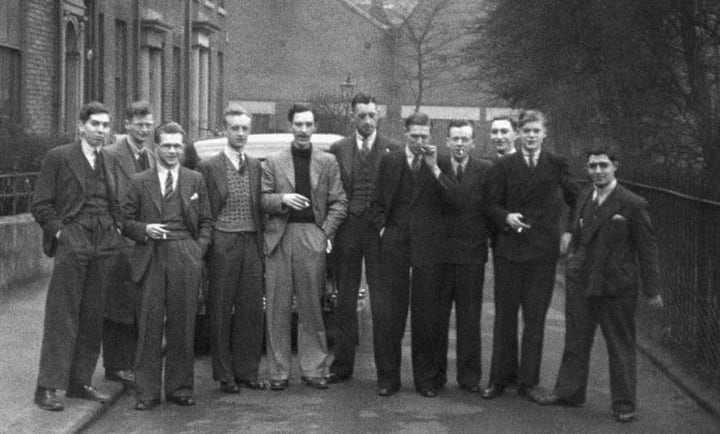
One of the oldest science fiction conventions ever, Philcon, started in 1936 when a small party of science fiction fans from New York met up. This is the first recorded intercity meet-up of science fiction fans.
Now, at this present time, the convention mainly met to discuss science fiction, which, at the present time, consisted of various pulps. Fanzines, fan distributed magazines, did exist with limited distribution potential. Reports of Philcon spread through these zines, but, naturally, word traveled slow.
In 1939, the first World Science Fiction Convention met. Over 200 guests attended the small gathering. This would eventually be known as WorldCon.
It is noteworthy that, at this point, most conventions had little to do with comic books. They were focused on the discussion of pulp science fiction writers. The words of Edgar Rice Burroughs, HP Lovecraft, and Robert E. Howard. Flash Gordon. Buck Rodgers. These conventions were underground affairs, where few people showed up. Only the hardcore. They were no larger than any given college's sci-fi club.
Boskone's Rise and Fall
In 1941, Boskone I was held, under the name The Stranger's Club. The con's name came from pulp writer E.E. Smith's Lensmen series. The Boskone was a council of evil villains. It also was a pun, as the first conventions took place in Boston. The con lasted five years, ending with Boskone V.
The convention would be revived again in the 60s under new management. It would be held every February, and came into direct competition with WorldCon. Some even referred to it as the "winter WorldCon."
Disclave
Disclave was a convention started in 1950 by the Washington Science Fiction Association. Over the course of 47 years, it featured many major science fiction and fantasy writers, and held the torch for the early years of the fandom for quite some time.
The first meeting was small- no more than 22 individuals showed up. However, as time went on, the convention became a bigger deal, attracting several noteworthy authors. George R.R. Martin, the creator of A Song of Ice and Fire (Game of Thrones). In 1997, however, the convention ended after an act of vandalism caused a fire alarm to go off, flooding an entire hotel complex. The Disclave crew, though deemed not legally responsible, was forevermore associated with the disaster. Without a place willing to host them, the convention effectively ended.
Lunacon
A more successful convention is Lunacon. It was the first science fiction convention to be held in New York, being founded in 1957 by the New York Science Fiction Society - or Lunarians.
Aside from being the first con in New York, in the 80s, it ended up being one of the first cons to feature space specifically for anime, having devoted a room to the anime Star Blazers (an American re-edit of Space Battleship Yamato).
The 60s
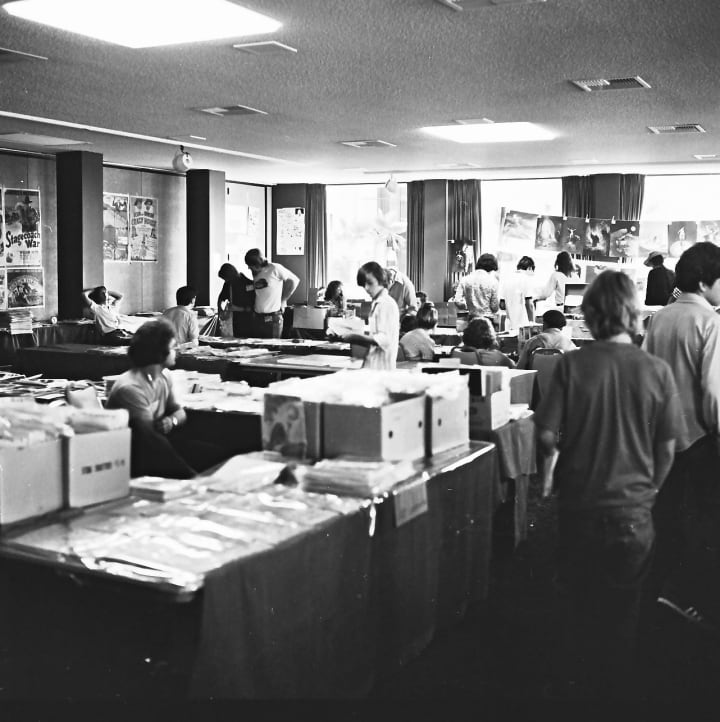
Before the 60s, fan conventions tended to be small affairs. However, toward the middle of the 50s and start of the 60s, fan culture exploded. Superheroes made a comeback after years of disinterest. Magazines such as Famous Monsters of Filmland refreshed society's collective nostalgia for older genre fiction. Godzilla and other giant monsters captured the collective anxieties of a society discovering the potential of nuclear power.
Writers like Isaac Asimov and Arthur C. Clark began to produce science fiction worthy of reading on a literary level. Films like The Day the Earth Stood Still and Forbidden Planet evolved beyond the constraints of genre. The Twilight Zone dominated airwaves. And, in 1961, Stan Lee and Jack Kirby created the first issue of Fantastic Four, effectively saving the dying Marvel Comics from bankruptcy.
It could be any one of these things that resulted in the fan convention boom in the 60s. Over seventeen conventions emerged in one decade - more than twice the amount that had emerged over the prior 30 years.
Lucca Comic Convention
Of all the conventions to emerge during this time, the Lucca Comic Convention stands above all others. The convention was one of the first fan conventions to focus on comic books, and less on science fiction. Of course, the convention was a Mecca for science fiction, fantasy, and horror fans, but this name selection had it stand apart from other genre conventions at the time, and, in turn, set the precedent that many comic conventions would employ: put comic in the name.
The convention, over time, would gain significance as both a gathering of fans across Europe (most noticeably Italy, as the convention takes place in Lucca, Italy) and an awards show for comic book creators (and later game creators).
It is now the second largest convention in the world, beaten only by Japan's Comiket.
Comic-Con
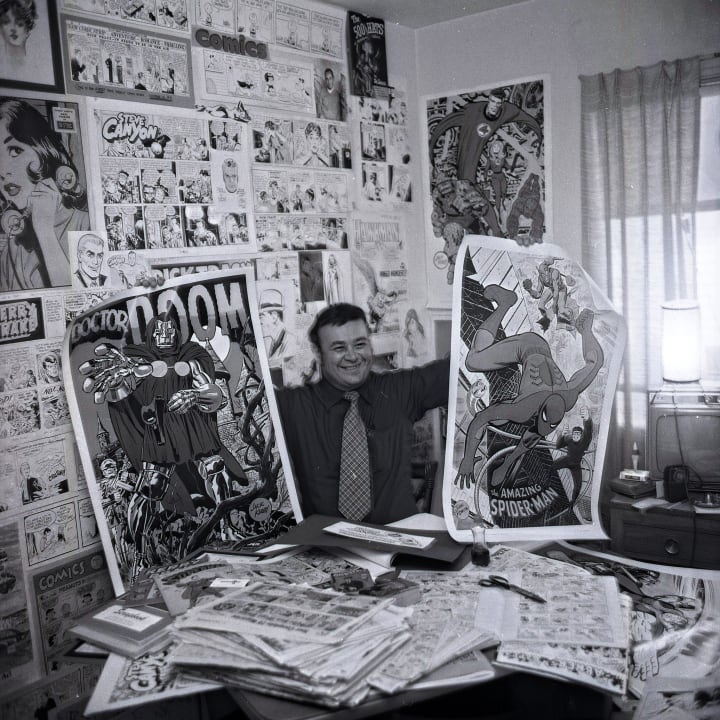
In 1970, a single convention changed the scene. It would spawn a series of conventions throughout the United States (and later, the world) that would end up crossing into the mainstream entertainment industry.
Comic-Con.
The first Comic-Con (then Golden State Comic Con) was held in San Diego. It attracted around 200 people, making it no more noteworthy than any other convention...at the time.
As years passed and the convention became a bigger deal, other branches would spread. Following the success of genre films like Star Wars, film distributors and studios took notice, and used the venue to advertise genre products that might appeal to convention goers.
But even Comic-Con is a small convention compared to the king...
Comiket
Westerners may be less familiar with Comiket. But it remains the single largest convention in the world.
By far.
Comiket was founded by Japanese manga fans. Manga is the Japanese word for comic, but, in the West, we interpret it as a moniker for comics from Japan. The convention started as a group of manga enthusiasts, meeting to ponder the greater whole of the comic medium. At the time, they interpreted mainstream comics as unchallenging and tame. This would lead to a revolution within the Japanese comic industry.
What set Comiket apart from other conventions--and, indeed, throughout the world--is the scale of independently driven creators selling their content to fans. Many fan artists make a significant amount of money selling their independent material at Comiket. Fan comics inspired by anime they enjoy, original material, etc. Many of these fan creators, such as CLAMP (Cardcaptor Sakura), Kouta Hirano (Hellsing), and Hideaki Anno (Neon Genesis Evangelion) would end up creating mainstream manga and anime after having a start in Comiket or a convention structured after Comiket.
It should be noted, however, that the vast majority of fan comics sold are hentai.
Specialization

Comic conventions before the 80s had a very general feel. However, with the 80s, the con scene had become far bigger. With conventions like DragonCon dominating the generalized con scene (in 2016, it hosted over 70,000 people), many smaller cons emerged with more specialized focuses. Niches
Starfleet International Conference, for example, is a Star Trek con, as are Vulkon Entertainment's various events. Gallifrey One is a Doctor Who con. Star Wars Celebration is the official Star Wars convention, started up to coincide with the release of Star Wars Episode I.
With these successful cons, more cons started emerging that were even more specialized and less mainstream.
Of note is the furry convention scene, which sees fans of anthropomorphic animals gathering to both celebrate their collective interest, dress in fur suits, and, in some cases, explore sexual fantasies with said anthropomorphic animals.
The Future?
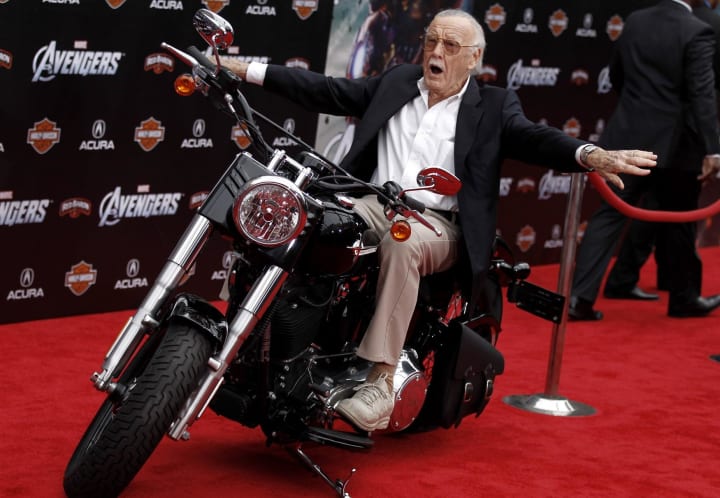
The future of the convention scene remains uncertain, but, given how it seems to grow bigger and bigger with each passing year, it seems unlikely that they will ever taper off.
Science fiction and genre fandoms have moved a lot from just the 200 member conventions where people would look at the old Conan the Barbarian story. The convention scene has grown to encompass all sorts of people.
If you want to find a comic convention nearby you, you're in luck. There's at least one basically every weekend somewhere in the world.
About the Creator
Anthony Gramuglia
Obsessive writer fueled by espresso and drive. Into speculative fiction, old books, and long walks. Follow me at twitter.com/AGramuglia





Comments
There are no comments for this story
Be the first to respond and start the conversation.